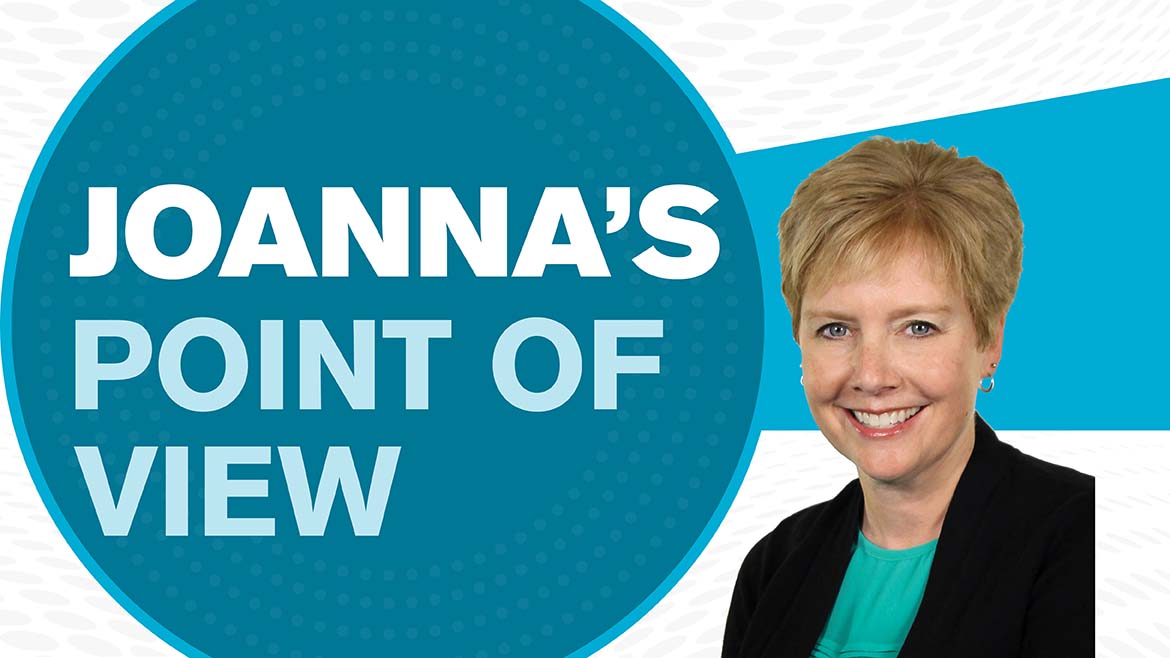For the last few years, the HVACR industry has been mainly focused on the new refrigerant regulations, which makes sense. After all, the Environmental Protection Agency (EPA) has instituted a rather aggressive phasedown of HFCs and mandated that this be the last year that R-410A equipment can be manufactured (it must be installed before January 1, 2026).
While the refrigerant transition is important, there are other rules and regulations being implemented that HVACR contractors need to understand. In a breakout session at EGIA Contractor University’s EPIC 2024 Convention, Gene Marks, CPA, author, columnist, and owner of the consulting firm, Marks Group PC, explained some of the key regulations that contractors should be aware of this year.
First up is the Department of Labor’s new worker classifications, said Marks, which went into effect in March. Under this rule, if an employer uses 1099 workers to perform integral work in their business, they may now need to be classified as employees. This shift entails additional responsibilities such as paying employer taxes, providing workers' compensation, and offering employee benefits. There are some legal challenges to this regulation, but compliance is still required.
“This regulation is effective today, and it's something you have to do,” said Marks. “You need to speak to your labor attorney, and list and identify your 1099 workers, and you need to make sure that you are classifying them the right way.”
The Department of Labor is also expected to issue new overtime rules by the end of the summer, said Marks. For contractors with salaried employees earning less than $35,000 annually, prepare for the threshold to increase to $57,000. This adjustment means previously exempt employees may now be eligible for overtime pay, potentially leading to compliance issues if ignored.
“If you don't pay them the overtime or if you ignore this when it comes out, employees will report you to the Department of Labor. Then suddenly your company is in a wage theft issue, which is not something you really want to be part of,” said Marks. “So my advice is to talk to a labor attorney.”
There are also new harassment guidelines coming from the Equal Employment Opportunity Commission (EEOC), which hold employers accountable for their employees' behavior both inside and outside the workplace, said Marks. Prohibited actions, including discrimination based on LGBTQ+ status, pregnancy, religion, and more, require proactive measures to prevent hostile work environments and mitigate liability.
“Again, hire a labor attorney, and make sure that all of your discrimination policies exactly mirror the new rules, which just came out a few months ago. It’s zero tolerance,” said Marks. He added that employers should also establish clear reporting mechanisms and invest in employee training – which is mandatory in certain states -- to ensure compliance with this regulation.
From the Department of Treasury comes the Corporate Transparency Act, which mandates the reporting of beneficial ownership information to the Treasury's website by year-end. Failure to comply incurs substantial fines, so work with legal advisors to navigate reporting requirements and avoid penalties for non-compliance, said Marks.
“A federal judge just found this to be potentially unconstitutional, but it's still happening,” said Marks. “You have to go to the Treasury's website between now and the end of the year and report your beneficial owners – basically, who owns your company. If you don't record it, then the Treasury can fine you up to $10,000 for not doing this this year. Every business, in some way or another, qualifies for this.”
Numerous other workplace regulations will also demand attention this year, said Marks, including expanded joint employer liability, contingent severance restrictions, potential elimination of non-compete clauses, increased OSHA fines, emerging pay transparency mandates, and mandated time-off provisions in certain states.
If all of these regulations are making you feel a little overwhelmed, consider outsourcing your HR functions to a Professional Employer Organization (PEO), said Marks. By doing this, business owners gain access to expert support in compliance, payroll administration, benefits management, and more.
“You’re essentially a joint employer with a PEO, but you’re basically outsourcing your HR to them,” said Marks. “They’re great if you don’t want to deal with this EEOC stuff, or you need help with on-boarding or off-boarding. They can also do the payroll for you, as well as unemployment administration, compliance, drug testing, all of that. Not only that, because your employees become the PEO’s employees, they are added to a pool, which can result in lower health insurance and benefits costs. PEOs are a really good option for you guys.”
Sounds like an interesting solution for business owners who find it difficult to keep up with all the new rules and regulations in today's workplace.


Report Abusive Comment